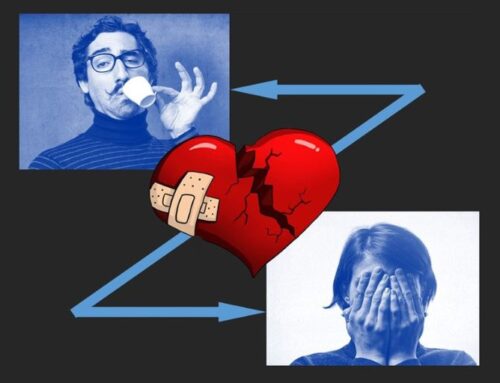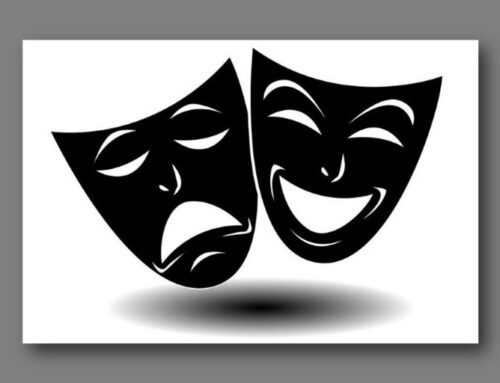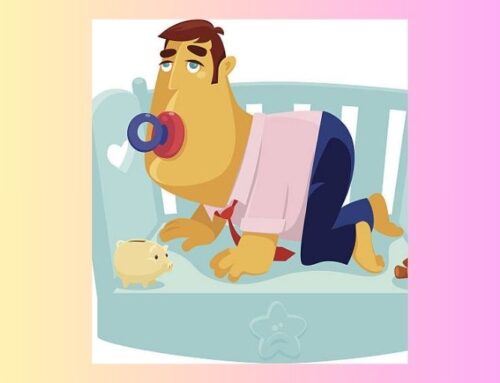“I’ve had to practice the principle of detachment many times… I’ve had to detach from [all kinds of] people. It’s never failed. Detachment works.” Melody Beattie
Like Melody Beattie, most of us (and I’m no exception) have had to confront our fears – all types of fears including those induced by our attachments to other people who were healthy, unhealthy and even downright scary.
In its essence, attachment is a good thing. For example, attachment between a parent and child is essential for that child’s healthy development. And as we grow into adulthood and beyond, we continue to need strong emotional bonds with other humans.
But there is difference between healthy and unhealthy attachment. Healthy attachment is reciprocal. It’s when both ours and the other person’s legitimate needs are met. It’s when both of us feel equally cared for, protected and nurtured.
However, unhealthy attachment is one-sided – our needs are not met despite feeling a deep connection to the other person. This type of attachment is painful and even destructive.
Bonding with Fearsome People
Feeling a connection to someone who neglects us, abuses us or frightens us, physically or psychologically, is more than unhealthy. It’s dangerous. So why do we do it?
Commonly we bond with fearsome, unwholesome people because it’s familiar. Perhaps we grew up in abusive or neglectful families, where our earliest relational experiences were about bonding with people who were rejecting, hurtful or worse. In those relationships, we believed that if we tried harder, pleased them more they would somehow love us. This then becomes for us a kind of “relationship normal” that we recreate in our relations going forward.
We also maintain our bonds with fearsome people who are no longer in our lives by continuing to be frightened by them and by allowing them to occupy our thoughts. You’d assume that we’d never want to think of them again, but it’s not how it works, because our fear actually binds us to them. We might also believe that keeping them in our mind’s eye is a way of quarantining them, containing them or even taming them. However, by allowing them to inhabit our headspace, we give them much too much power over us, thus making ourselves vulnerable to depression, anxiety and even physical illness.
Detaching from Fear… the journey begins
That’s where detachment comes in. By detachment, I mean cultivating a sense of neutrality and impartiality toward that fearsome person. In other words we emotionally “unhook” from them.
So, how do we detach from such a person? Well, detachment is a journey that begins with some decisions.
♦ We decide to see ourselves as worthy of love, respect and safety. We don’t have to believe it. We simply accept that it is so. We adopt it as a truth and make it our policy going forward.
♦ We protect ourselves by stepping away psychologically… and physically, if needed. If we need to seek protection from harm then we do that. Then we let those worrying people and any associated thoughts just be. We can’t help the people in question nor can we change them and so we decide to set us and them free.
♦ We get in touch with our own legitimate needs and decide to prioritize them over other people’s needs, wishes and wants – real or imagined.
♦ We decide to seek help to change our unhealthy relationship patterns.
“Detachment is a gift. It will be given to us when we’re ready for it. When we set the other person free, we are set free.” Melody Beattie







